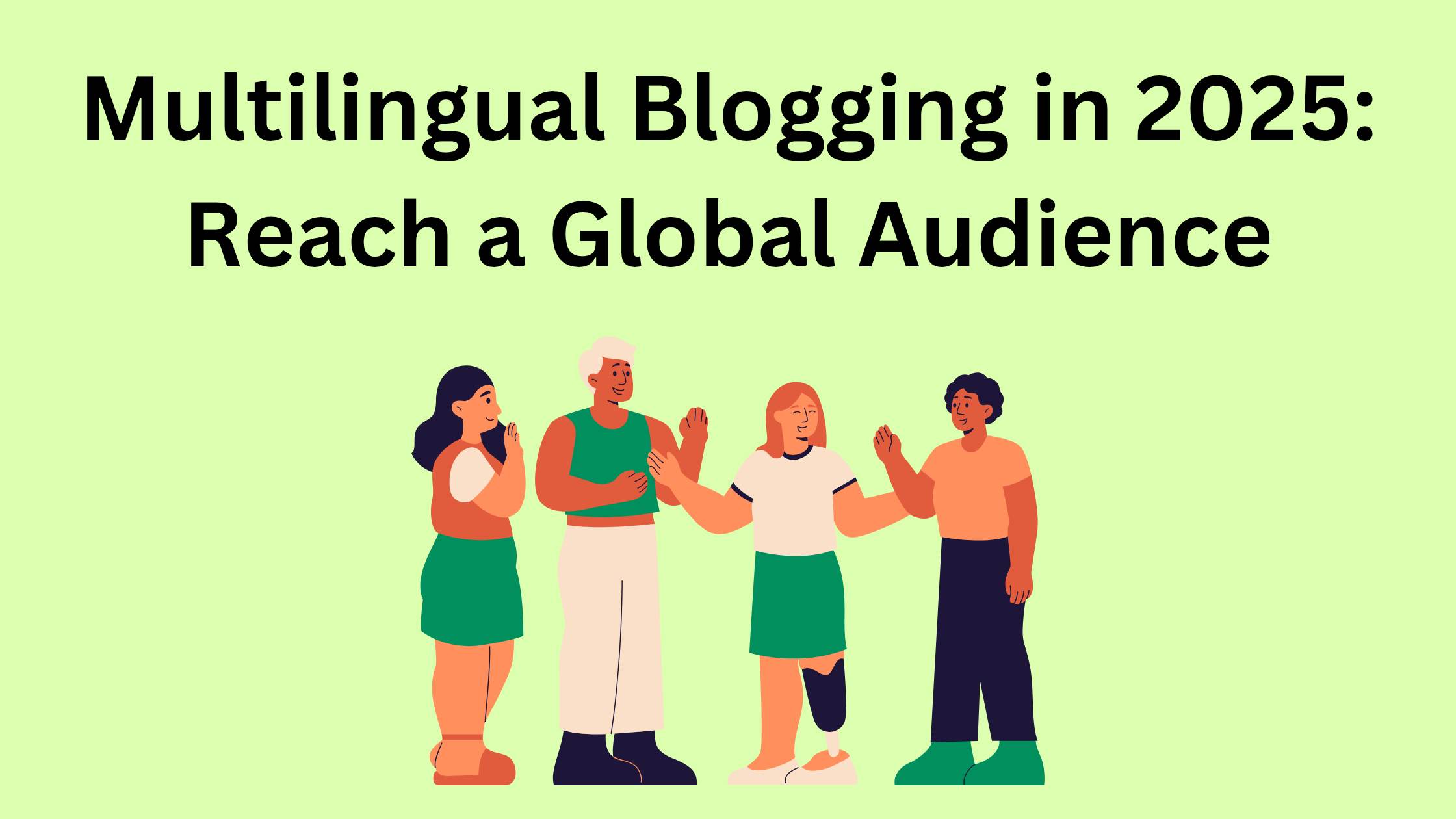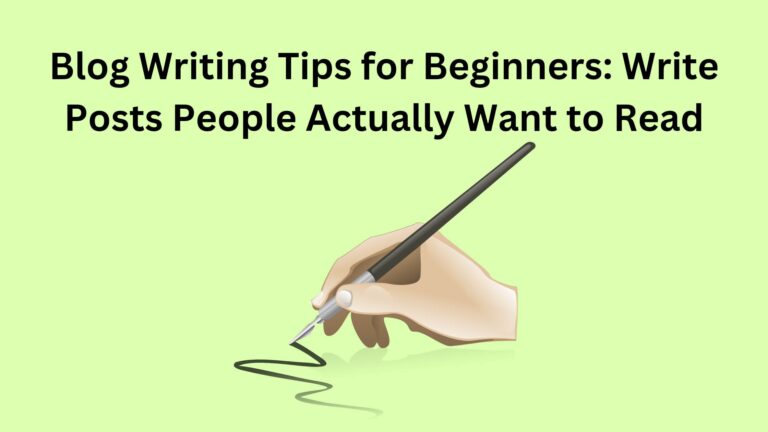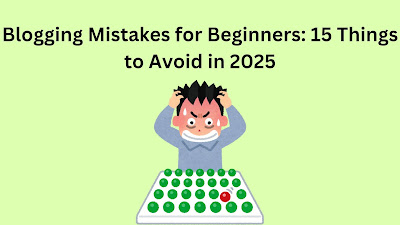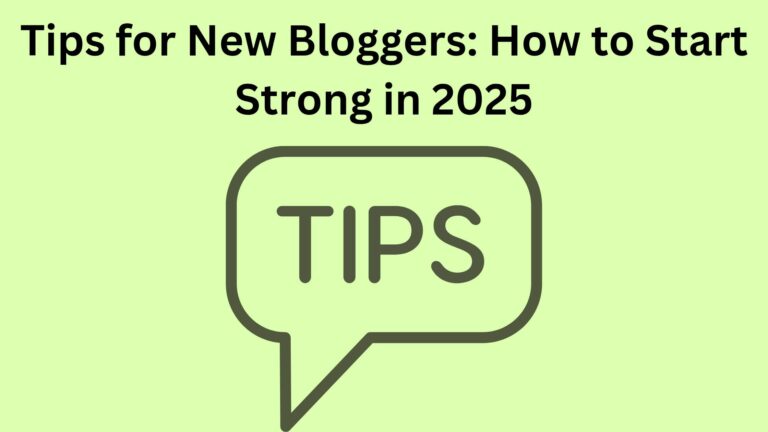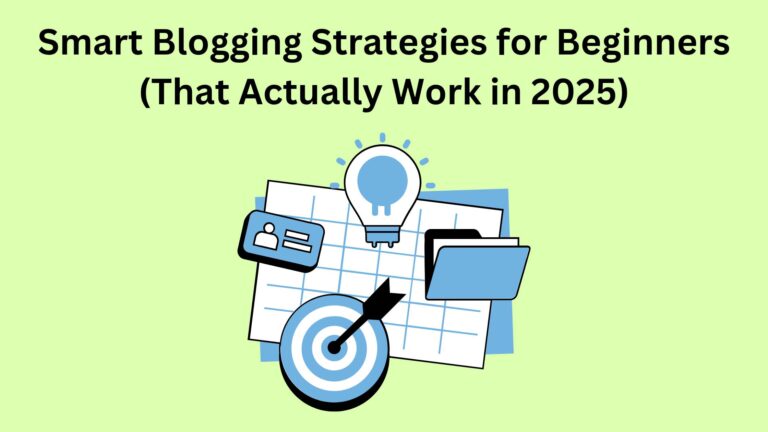Multilingual Blogging in 2025: Reach a Global Audience
Are you ready to take your blog own global? Have you ever wondered how to reach more readers in different countries or languages?
Guess what you’re not alone.
Multilingual blogging is one of the most powerful ways to grow your blog audience, boost SEO, and build trust internationally.
In this guide, you’ll learn what multilingual blogging is, how to get started, what tools you need to use, and how to avoid the most common beginner mistakes.
Let’s simplify now the entire process step-by-step — even if you have zero knowledge.
What really Multilingual Blogging mean?
Multilingual blogging means publishing a blog content you provide in more than one language.
Instead of writing your blog content only in English language, you might write in Spanish,French, even Arabic, or any language your audience speaks.
Simply It’s not just about translation the content — it’s about localization:
adapting your own blog content, tone, and message to fit different cultures.
Why Start a Multilingual Blog?
Help you to Reach more people who don’t speak your blog’s primary language.
Improve blog your SEO by ranking in local search engines (Google, Baidu, Yandex).
Build global authority and trust across multiple regions.
Increase revenues opportunities with global affiliate programs and sponsorships.
Top Beginner Questions (Answered Simply)
1. Do I need to speak multiple languages?
no but — you can use AI tools or hire freelance translators.
2. Should I translate all posts?
Start with your top-performing or evergreen posts.
3. What’s the easiest platform for this?
Blogger and WordPress both support multilingual setups (with plugins/tools).
4. Will this help my blog rank better?
Yes — with proper SEO structure and hreflang tags.
5. What if I only want a bilingual blog?
That is a great! Even if you start with two languages, can double your reach.
The Step-by-Step: How to Start a Multilingual Blog in 2025
Step 1: Decide Your Target Languages
Try to Use analytics or surveys to understand where your target audience comes from.
Choose 1 or 2 secondary languages based on demand.
Step 2: Choose Your Blogging Platform
Blogger: Manual setup with language labels and internal links.
WordPress: Use the existing plugins like WPML, Polylang, or TranslatePress.
Step 3: Choose Your Translation Method
Automatic: Tools like Google Translate, DeepL, or AI (faster, less accurate).
Human-translation: hire a Professional and accurate, but it’s more expensive.
Hybrid: Use the AI tools, then refine manually or hire editors.
Step 4: Set Up Language Switcher.
Foucs on Making it easy for readers to switch between languages.
Use the flags, dropdowns, or buttons.
Step 5: Use SEO Best Practices
• Add hreflang tags.
• Localize metadata and keywords.
• Avoid duplicate content penalties.
Step 6: Translate Core Pages First.
Start with your own homepage, and About page, and most-visited blog posts.
Step 7: Promote by Region.
Use country-specific keywords, Pinterest boards, or social media to target each language group.
What Is Beginner Mistakes to Avoid
• Using only flags without clear language labels.
• Mixing multiple languages in one post.
• Forgetting to optimize SEO for each language.
• Not updating all versions when making content changes.
Must-Have existing Tools for Multilingual blogging
- Plugins: WPML, ConveyThis, TranslatePress
- Design: Canva for translated graphics
Multilingual search engine Tips
• Use unique meta titles and descriptions per language.
• Localize keywords (don’t just translate them).
• Create a language-specific sitemap.
• Use canonical and hreflang tags correctly.
Real-World Example.
Let’s say you have a food blog in English.
If analytics shows 20% of visitors are from Spain, translate your top recipes to Spanish.
Try to Use Spanish meta descriptions, add a Spanish menu, and promote your blog content in Spanish food communities.
FAQs (Based on People Also Ask)
How can I have a blog in two languages?
Use subfolders (e.g., /en/, /es/) or separate posts for each language.
Add a language switcher for navigation.
Is multilingual blogging good for SEO?
Yes. It helps you rank in country-specific search results and improves international visibility.
What is an example of multilingual SEO?
A blog with English and French content ranks in Google.ca and Google.fr with localized keywords, proper hreflang tags, and localized backlinks.
Conclusion:
Go Global, One Language at a Time Multilingual blogging doesn’t have to be complicated.
Starting with the right tools, structure, and focus, even a solo blogger can build a truly global presence in 2025.
Start small, localize wisely, and expand gradually.
Every language you add is another door opened to the world.
Ready to grow globally? Start translating your top blog post today.
Related article:
